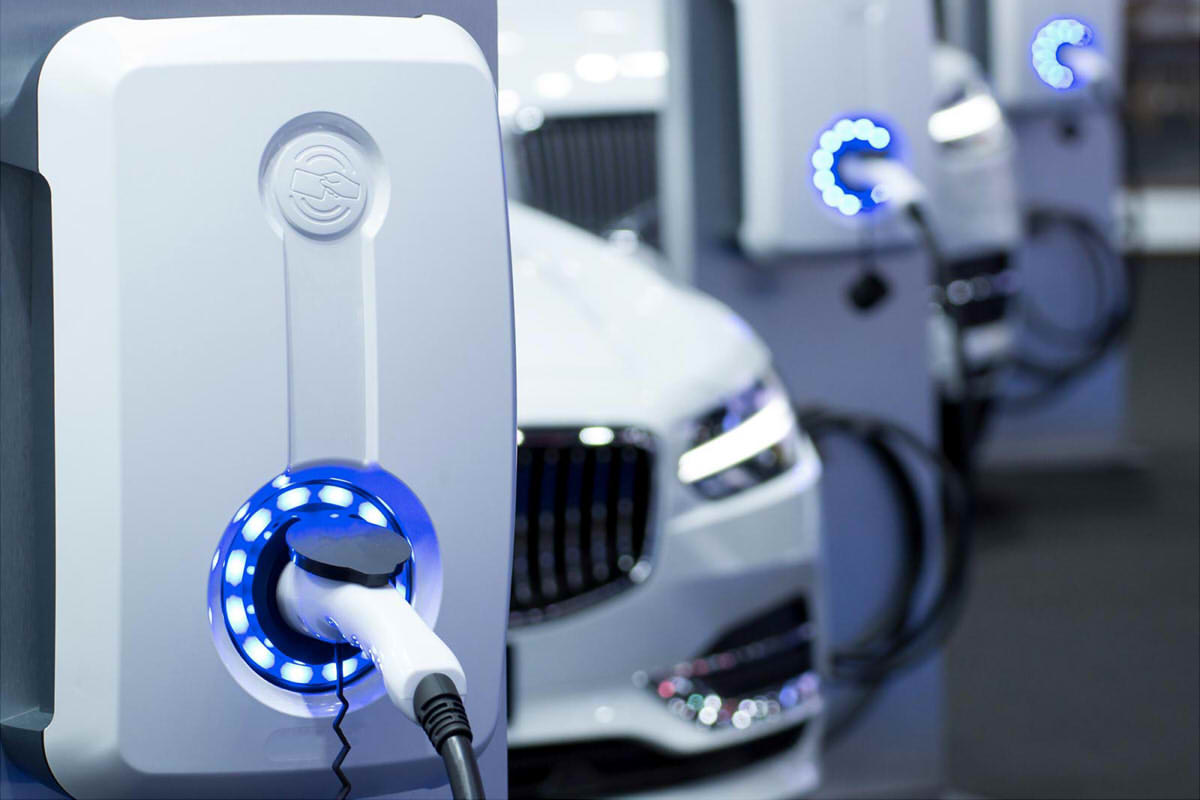Electric vehicles are revolutionizing the automotive industry, and with its growing popularity, charging infrastructure has become increasingly diverse. Choosing the right charging cables and charging points for electric vehicles is essential to ensure safe and efficient charging. in this guide, we will explore in detail how to select the right cables and charging points for your electric vehicle.
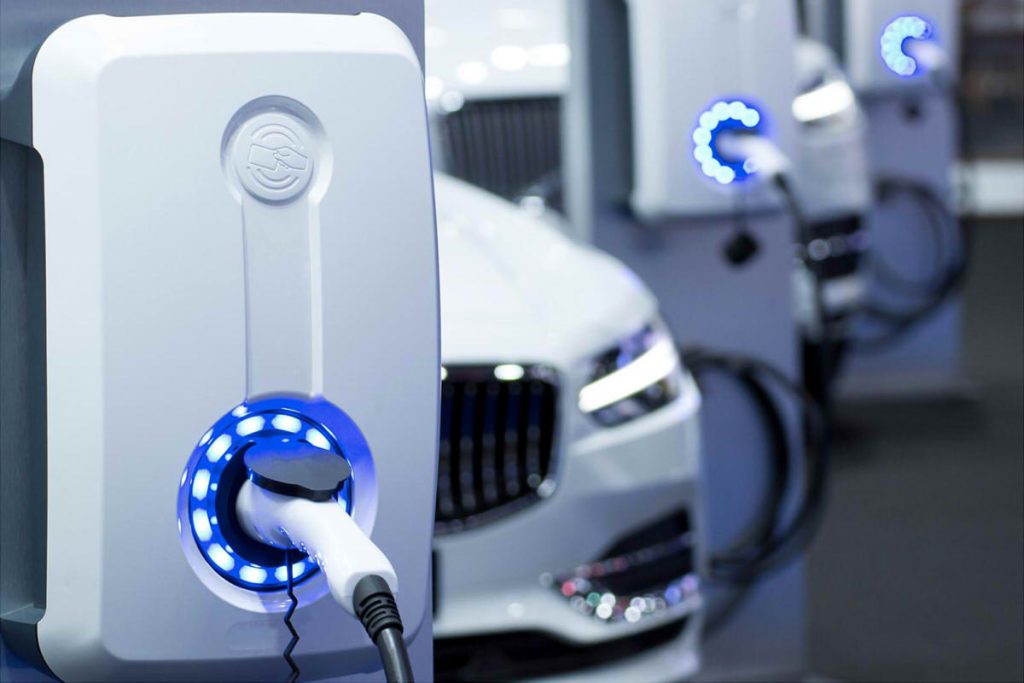
Table of Contents
- Choosing the Charging Cable for Electric Vehicles
- Selection of Charging Point for Electric Vehicles
- Conclusion
Choosing the Charging Cable for Electric Vehicles
Charging Current Calculation
Before selecting a cable for EV charging, It is crucial to understand the charging current your electric vehicle needs. The charging current depends on the power of the charger and the voltage of the power supply.. Here is a general formula to calculate current:
- For a single phase load (AC charging cell): I = P / U
- For a three-phase load (DC charging cell): I = P / (Ux1.732)
Where:
- I: Charging current in amperes.
- P: Charger power in watts.
- U: Power supply voltage in volts.
With the formula we know the converted current and we can choose the cable based on the current.
Charging Cable Selection
In fact, Cable selection can be made by consulting the manual instead of calculating.
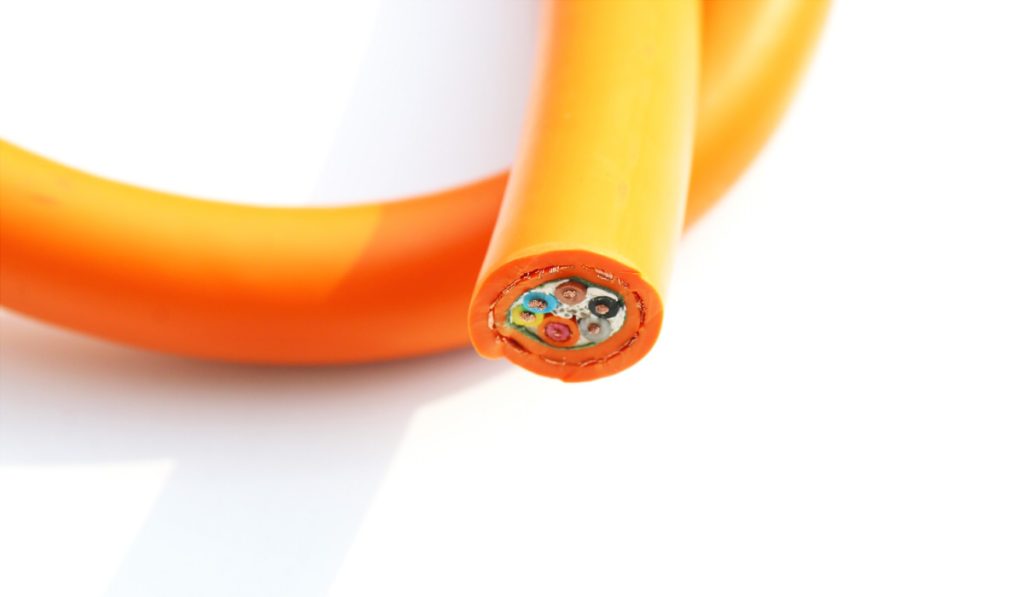
Single Phase Charging (AC Charging Cell)
Single-phase charging cells are ideal for slow charging and are common in homes and public charging stations.. Here is a selection guide:
- Battery Power: 7 kW (220V, 32A)
- Charging current: I = 7000 / 220 ≈ 32 A
- Recommended Cable: copper wire 4 mm²
For short distances, consider using a cord 6 mm² for higher load capacity. The cables of 4 mm² can support around 35-40 A, which is suitable for loads up to 8 kW.
A normal copper wire 6 mm² usually carries 22 kW (three-phase) o 12 kW (monophase). Taking into account the rest of the factors, like room temperature, pipe penetration, etc., The maximum current that can be charged should be taken as 50 amps multiplied by 0,8 and it is approximately 40 amps. Therefore, a cable 6 mm² can transport 8,8 kW. In this case, the short distance is usually 50 metros.
Three-phase charging (DC Charging Cell)
Three-phase charging batteries are more powerful and are found in public charging stations. Here is a selection guide:
| Battery Power | Current | Cable |
| 15KW | 23A | 4mm2 |
| 30KW | 46A | 10mm2 |
| 60KW | 92A | 25mm2 |
| 90KW | 120A | 35mm2 |
Whether it is a single-phase AC charging post or a three-phase DC charging post, everyone has something in common. It is the need for the installation to have a zero wire and a ground wire.. Therefore, single-phase choose three wire cable and triphasic, five wire cable.
Considerations when Choosing the Charging Cable
- Make sure the cable meets national safety standards.
- Choose a cable with heat resistance, to oil, the water, to corrosion, resistant to wear and aging to adapt to diverse environments.
- Make sure the cable has enough mechanical strength to withstand stresses, pressures and folds.
- Make sure the cable is the right length to avoid inconvenience or waste.
- Choose a cable with good shielding effect to prevent interference.
Selection of Charging Point for Electric Vehicles
Vehicle loading methods
There are different methods to charge electric vehicles, and each one has its own characteristics. Here are four common methods:
Way 1: Using Ordinary Plugs
This method involves the direct connection of the electric vehicle to the alternating current network (AC or AC) via a conventional plug. Nevertheless, This option is considered dangerous and has been banned due to safety concerns.
Way 2: Charging Cable with In-Line Control and Protection Device (IC-CPD)
This method involves connecting the electric vehicle to the AC grid using a charging cable with an in-line control and protection device (IC-CPD). The IC-CPD device has the function of detecting residual current and provides greater safety.
Way 3: AC Charging Point
This method involves directly connecting the electric vehicle to the AC grid using a dedicated power supply device. The control and guidance device are installed on the dedicated power supply equipment, what is an ac charging post.
Way 4: DC Charging Point
DC charging points (CC o DC) offer faster charging speeds by converting AC power to DC power directly to the electric vehicle.
AC Charging Points
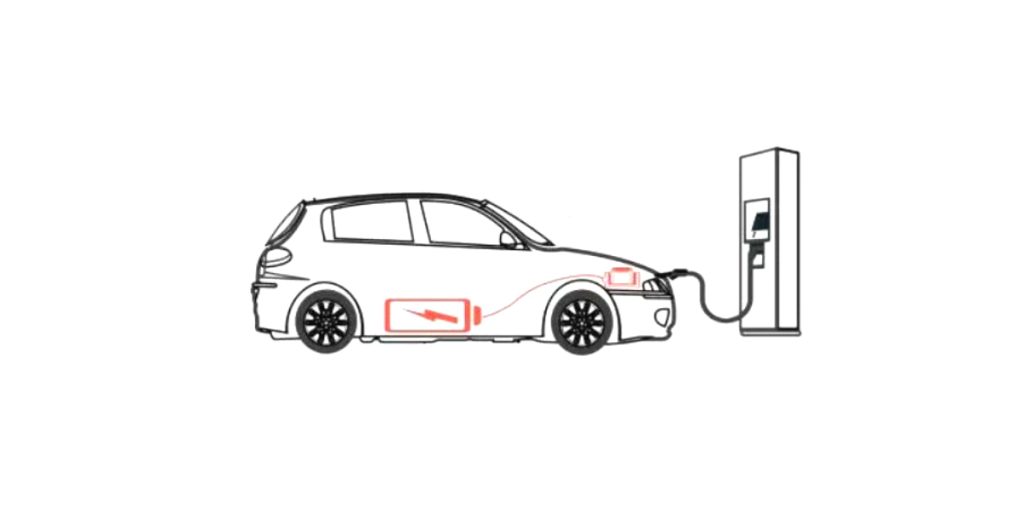
Within the category of AC charging points, There are two predominant types: wall mounted and floor mounted. These charging points offer slower charging compared to DC charging points, but are ideal for residential applications. For example, AC charging points 7 kW (220V, 32A) They are commonly paired with on-board chargers. 7 kW, providing reliable and efficient charging for the home.
DC Charging Points
DC charging points, on the other hand, They represent the pinnacle in terms of power and charging speed. These charging points are designed to offer fast and efficient charging, making them a popular choice for public spaces and roadside charging stations.
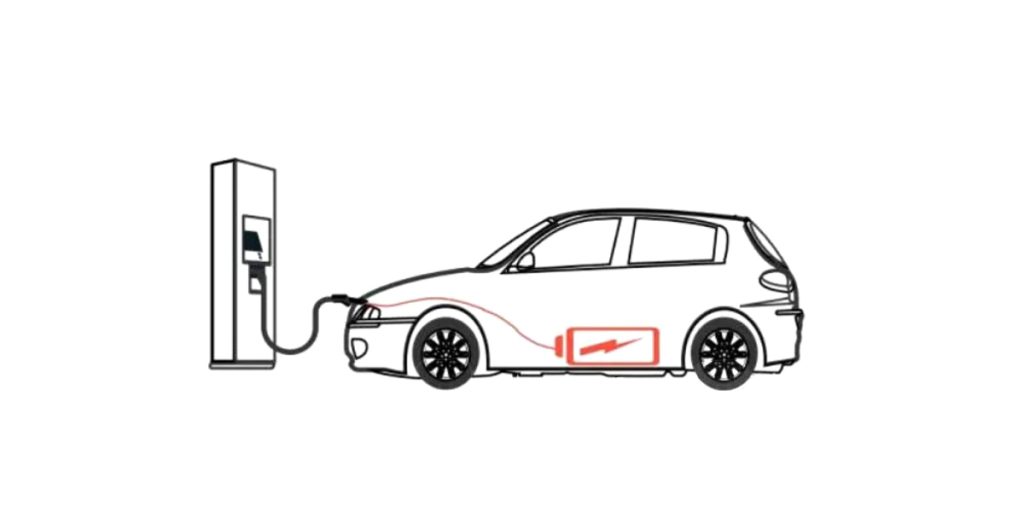
The higher the power of the DC charger, the faster the loading speed will be. With powers that can exceed the 200 kW in some cases, DC charging points can recharge an electric vehicle battery in minutes. Usually, A conventional electric car can travel more than 200 kilometers with a load of about 30 minutes and more 300 kilometers with a load of about 45 minutes.
Considerations when Choosing a Charging Point
When selecting a suitable charging point for your electric vehicle, It is important to take into account several key factors:
- Installation Provider: Choose EV cables suppliers and reliable and certified installation and installation to ensure a safe and high-quality installation.
- Suitable Location: Choose a location that does not obstruct the flow of traffic and pedestrians, and that it is protected against adverse weather conditions and possible acts of vandalism.
- Installation Method: Select the appropriate installation method based on the type and size of the charging point, considering options such as column mounting, wall mounting or underground installation.
- Energy supply: Make sure the charging point is properly connected to the mains, either directly to the distribution box or through a transformer, to ensure a stable power supply.
- Protection Devices: Choose protection devices such as residual current protectors, overcurrent protectors, surge protectors and leakage protectors, depending on the type and function of the charging point, to ensure safe and reliable operation.
Conclusion
In summary, Selecting the right cables and charging points is essential for safe and efficient electric vehicle charging.. Take the time to understand the specifications of your electric vehicle and the available charging system to make informed decisions. With the right options, you will be ready to enjoy the comfort and benefits of electric mobility.

